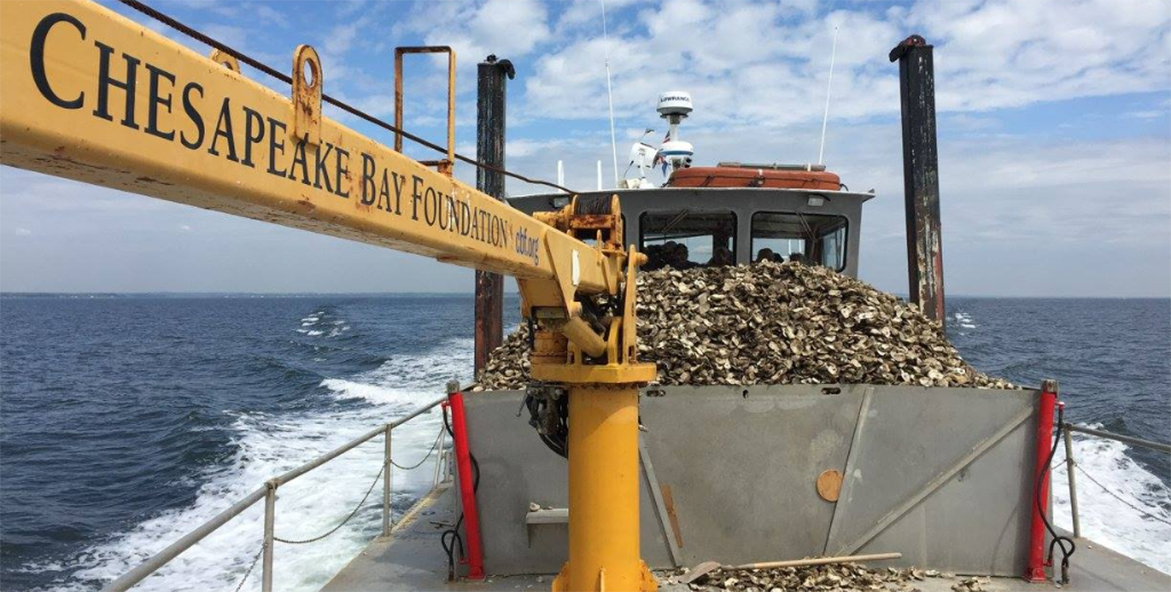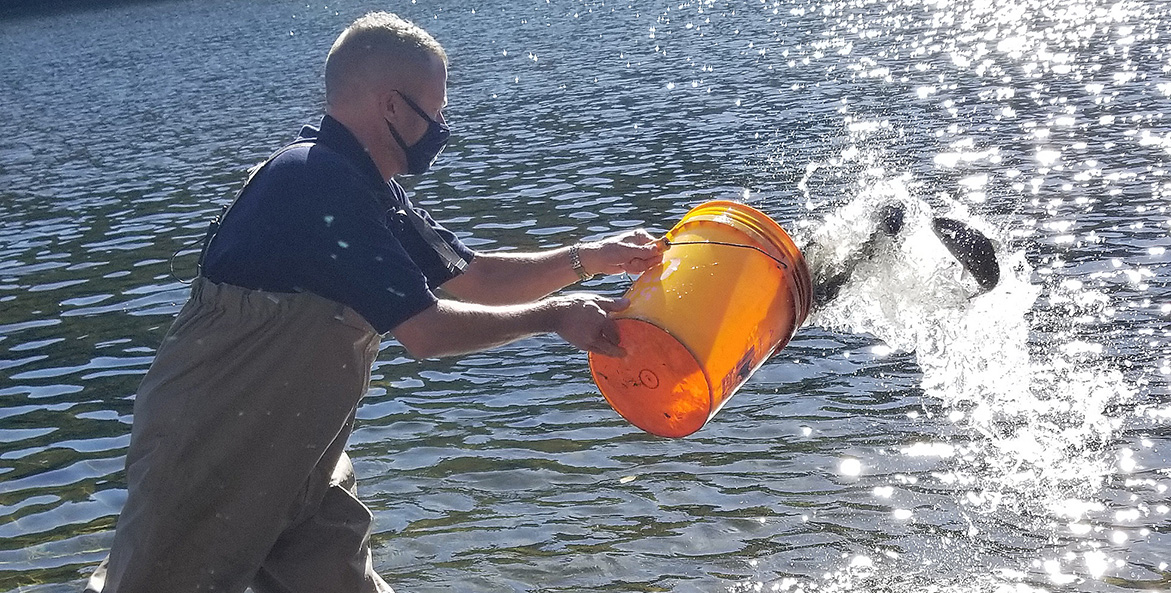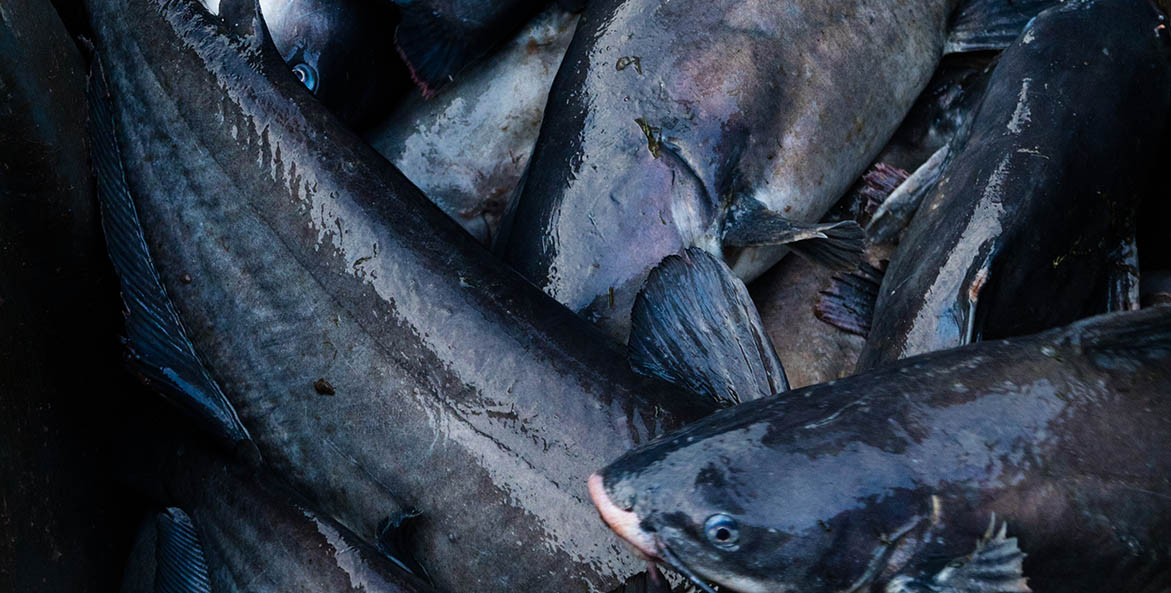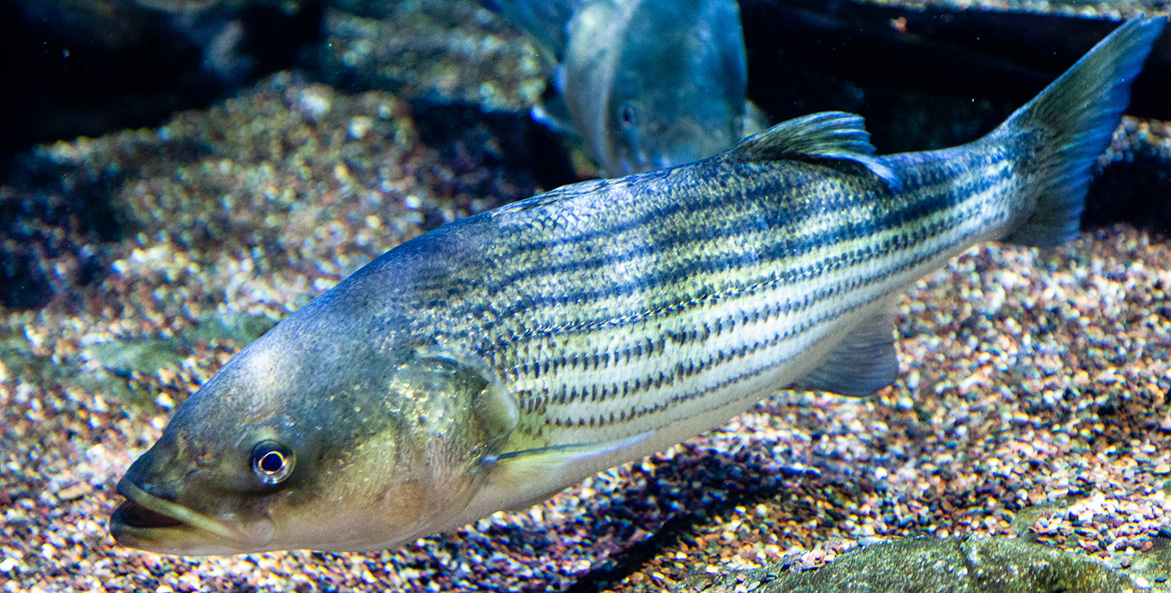Each spring in the Chesapeake Bay, something miraculous happens: fish return home. Thousands of river herring, shad, striped bass, and others find their way from the ocean back to the Bay's tributary rivers to spawn, a spectacle that unveils this estuary's awesome capacity for life. But while fish and shellfish continue to generate billions of dollars each year in Bay states, decades of overfishing, pollution, habitat loss, and now climate change, have put many species in trouble—including striped bass, or rockfish. Learn how coastwide fishery managers are shaping a new management plan for rockfish that will set the course for their management for the next decade or more, and how you can help. Then, check out the successful completion of oyster reef restoration projects in the Little Choptank and Elizabeth River (providing key habitat for fish), and find out why changing the inspection policy for invasive blue catfish could help both commercial fishermen and native fish species. Finally, learn about the unique adaptations of Chesapeake Bay fish, the kickoff of trout season in Pennsylvania, and the latest news around the watershed.
The Future of Rockfish
Amid worrying signs that striped bass, or rockfish, are in trouble, the coastwide management plan for this iconic Bay species is being rewritten. Learn about the ASMFC—the fishery management body at the helm—and how managers can chart a course for success. You can help: Raise your voice for rockfish, and follow safe fish handling practices when angling.

CBF's oyster restoration vessel, the "Patricia Campbell," motors across the Bay with 4 million oysters on its deck to be planted in the Little Choptank River on a sanctuary reef in the spring of 2016.
Emmy Nicklin/CBF
Oyster Rivers Restored
The large-scale restoration of oyster reef habitat in the Bay's tributary rivers is key to help oysters, fish, and other wildlife thrive. In the last few years, CBF worked with partners to complete one of the world's largest oyster restoration projects in the Little Choptank River, and another in the "lost branch" of Virginia's Elizabeth River.
VIDEO: Cool Fish Adaptations
What can you learn about a fish's food source, habitat, and lifestyle just from looking at it? Join CBF Educator Tiffany Granberg to explore the unique adaptations of Chesapeake Bay fish that allow them to thrive in the Bay's varied environments. Then, test your knowledge with our Fish Adaptations Investigation.

Pennsylvania Fish and Boat Commission Executive Director Tim Schaeffer releases a bucket of trout during the 2020 fishing season.
BJ Small/CBF Staff
Trout Time
Last year was unlike any other for most things in life. The trout fishing season in Pennsylvania was no different. Managers explain how they brought anglers and fish together despite the odds, including a clandestine opening day and social distancing guidelines, and what's coming up this year.
Blue Catfish: The Next Big Catch?
Blue catfish are an invasive species found in tributaries throughout the Bay watershed. Scientists worry their spread could harm native species such as menhaden, striped bass, shad, and blue crabs. Changing an expensive and cumbersome inspection process could help the problem and boost a commercial fishery, too.

Blue catfish.
Will Parson/Chesapeake Bay Program
VIDEO: Around the Bay in 60 Seconds
From climate bills in Maryland to environmental education standards in Pennsylvania to balloon bans and clean water investments in Virginia, find out what Bay happenings made headlines this month in our latest Around the Bay in 60 Seconds video.
What You Can Do
- As life warms up, it's time to start nature journaling. Follow along with our first prompt.
- Shutterbugs, share your love for the Bay—submit an entry to our Save the Bay photo contest.
- Join us in the field this spring as we plant trees and oysters. Plus, get your CSA Share from our sustainable Clagett Farm!
- Kick off our spring oyster restoration efforts and help us raise $30,000 by the end of March—that's enough to plant THREE MILLION baby oysters for the Bay!



